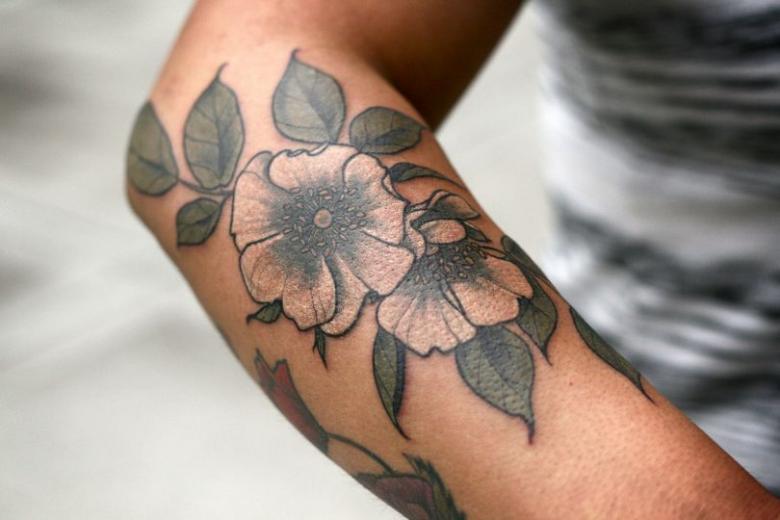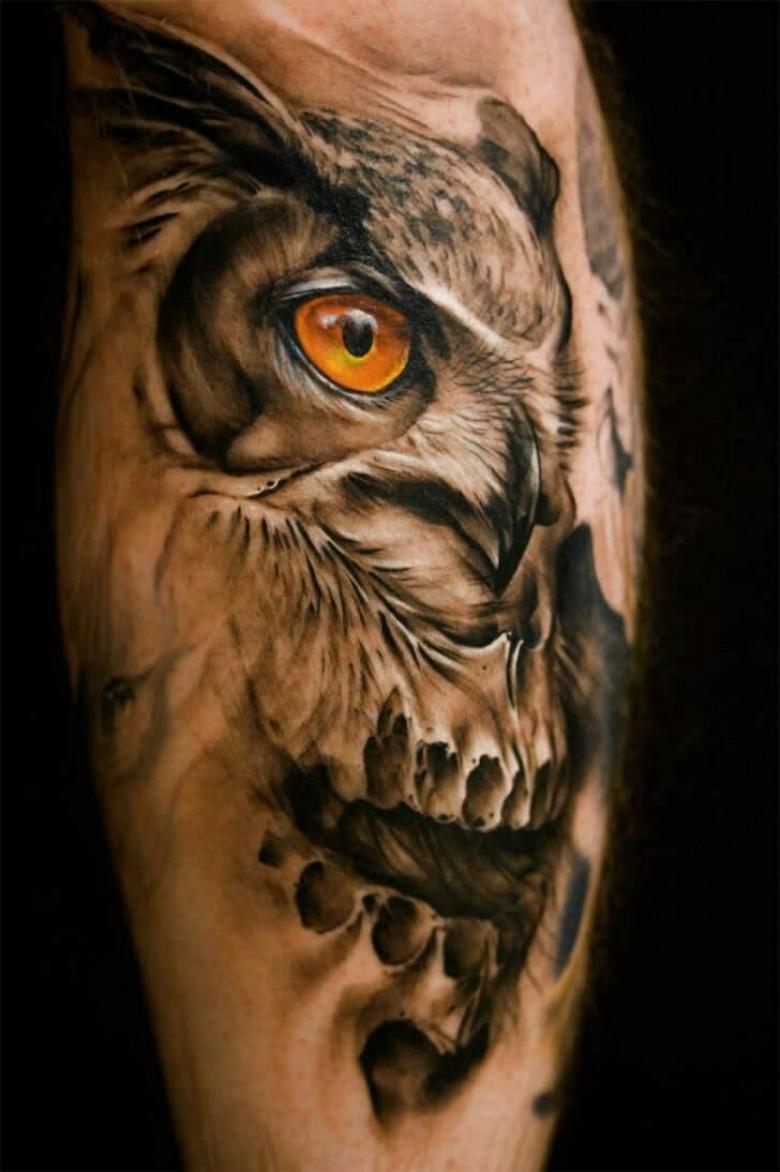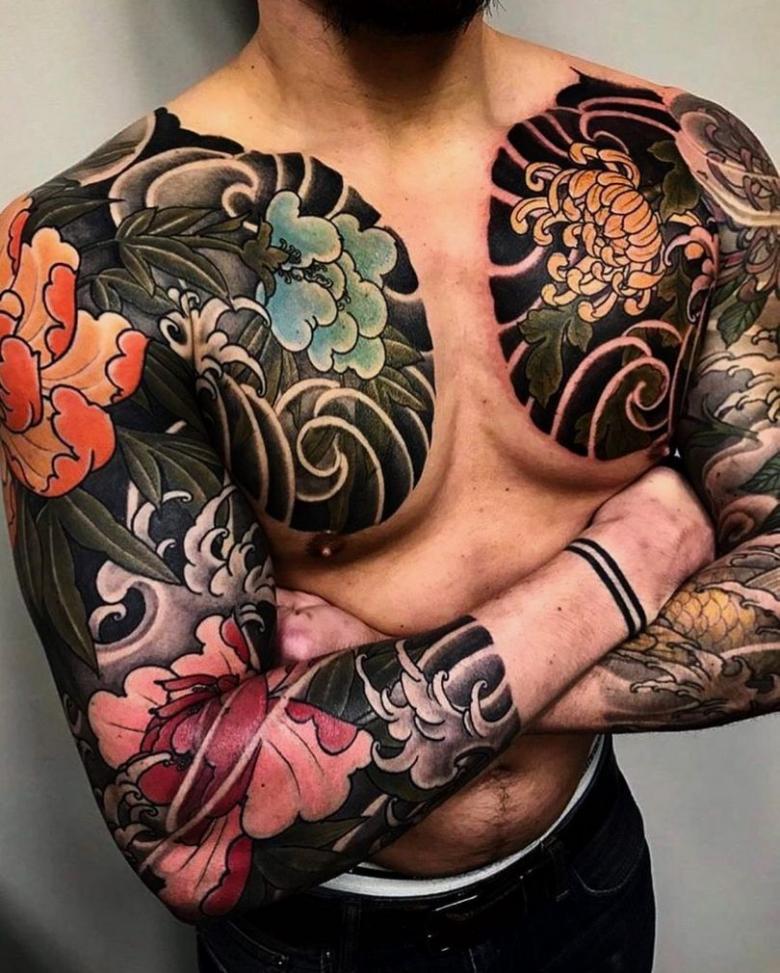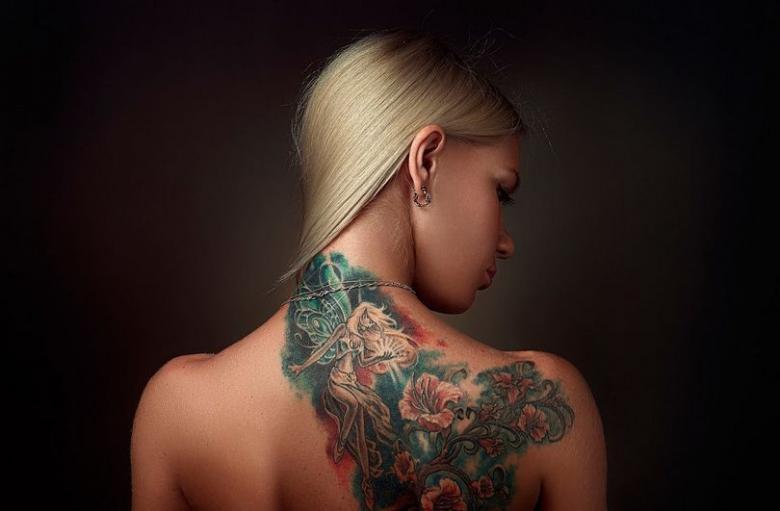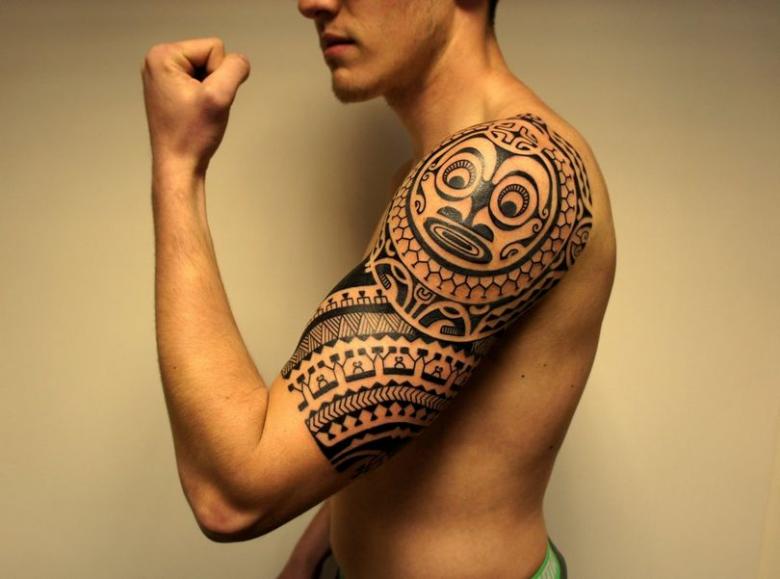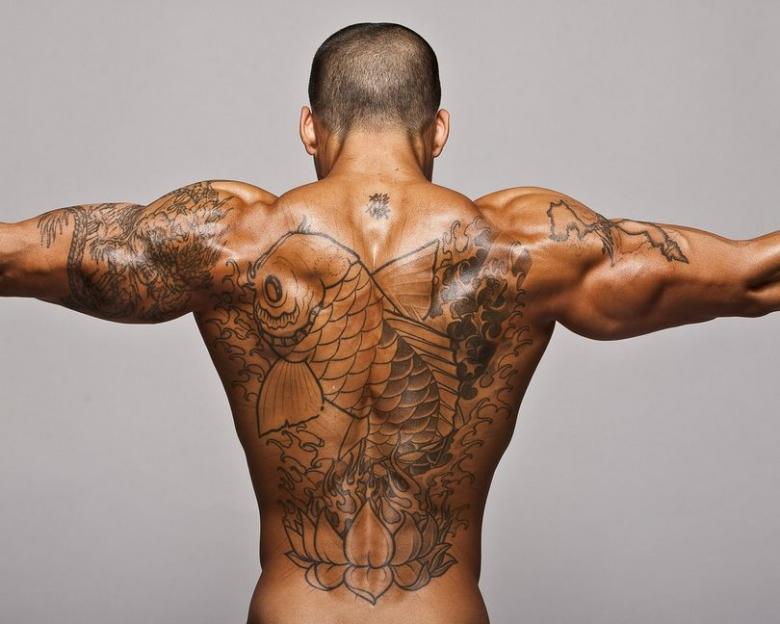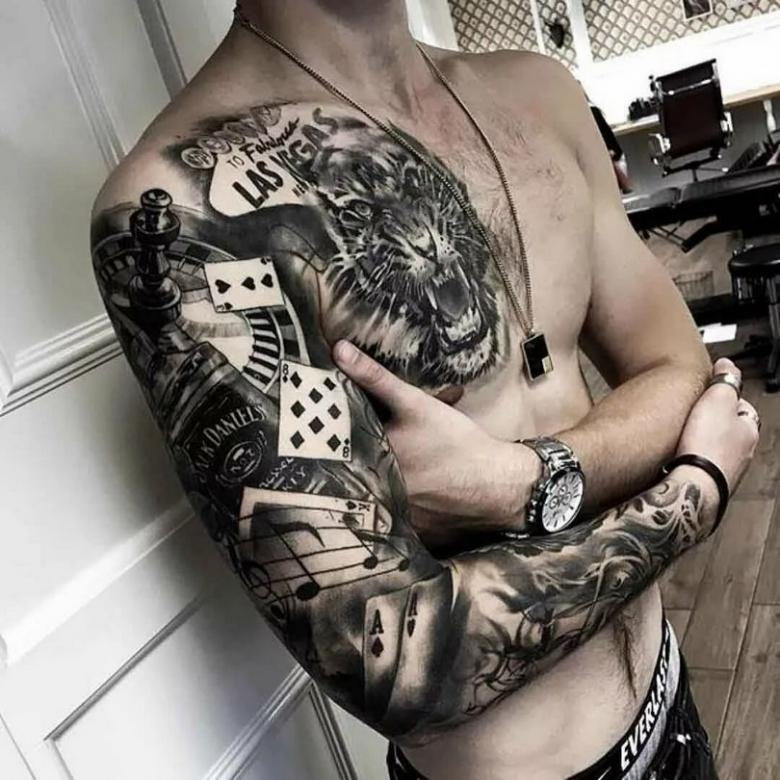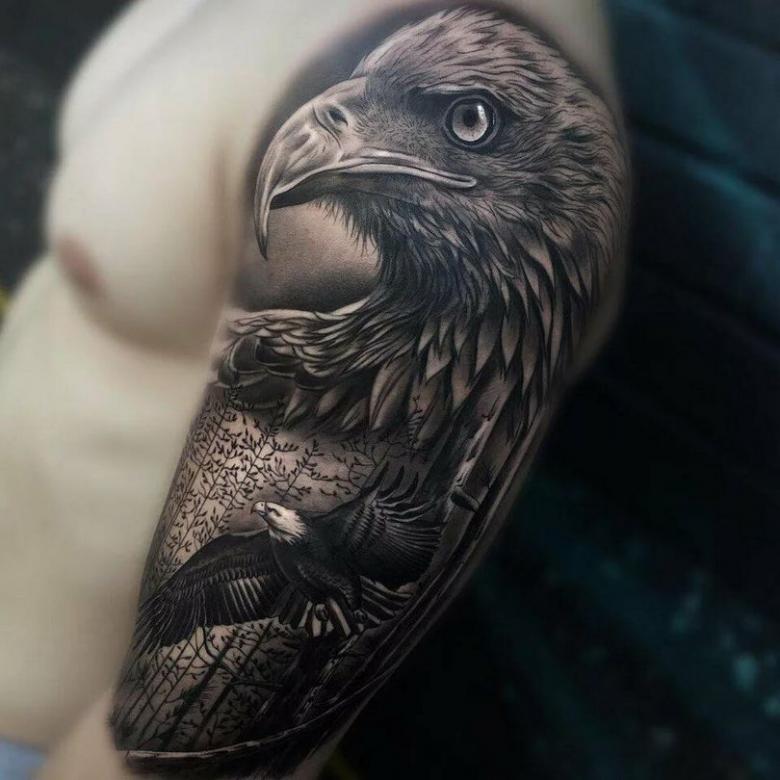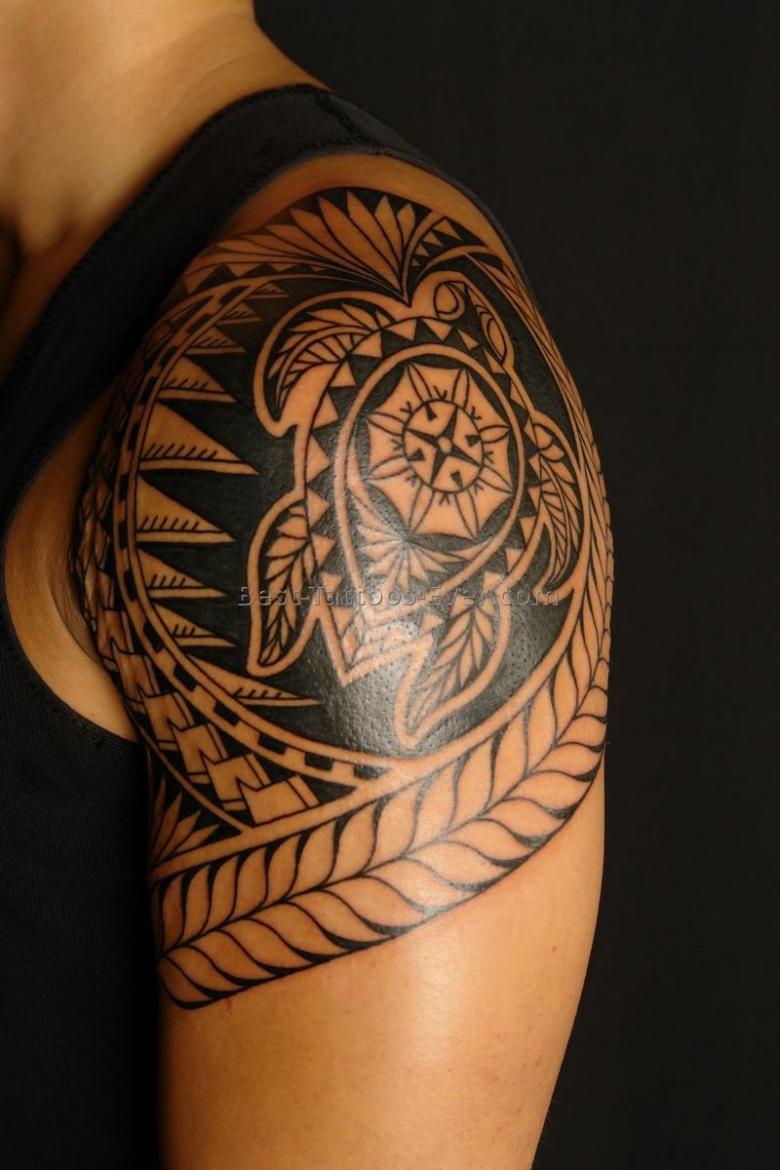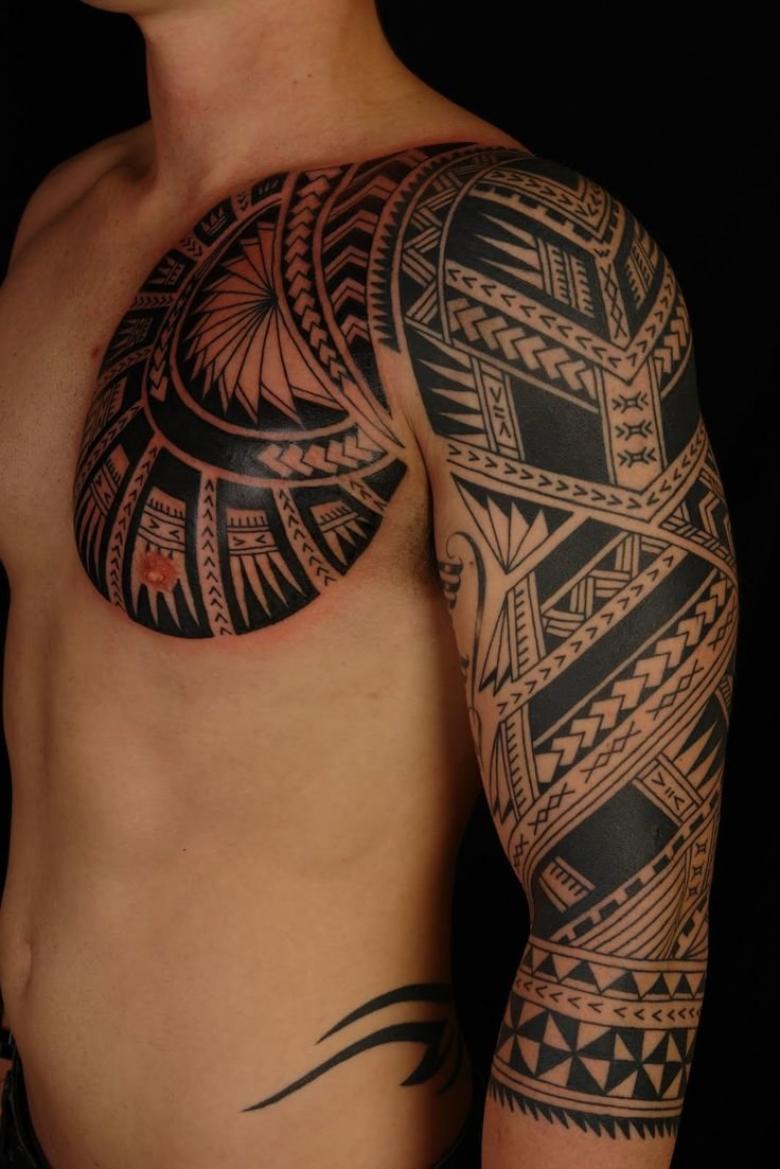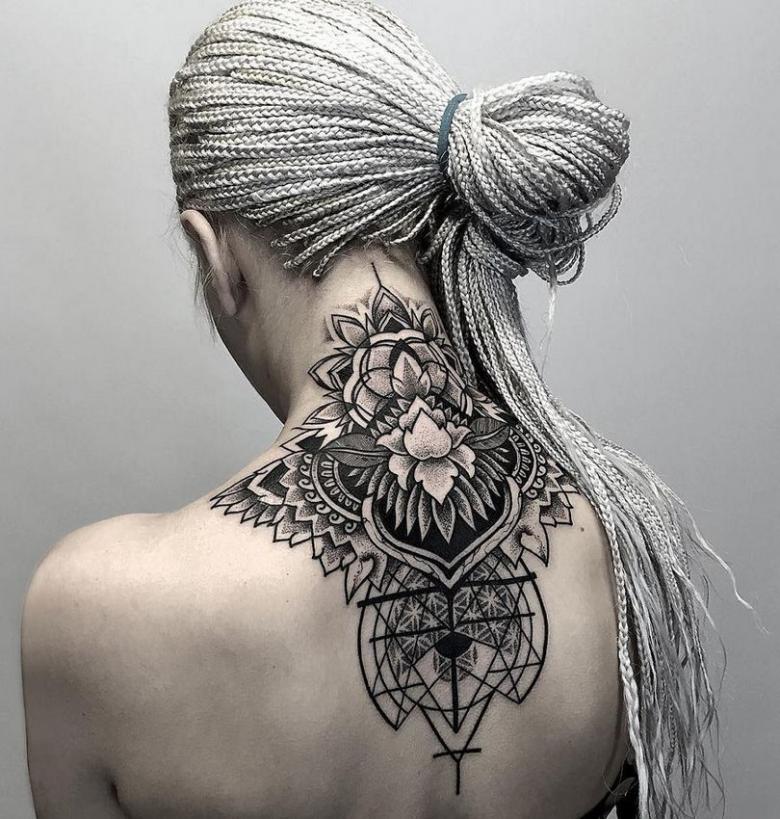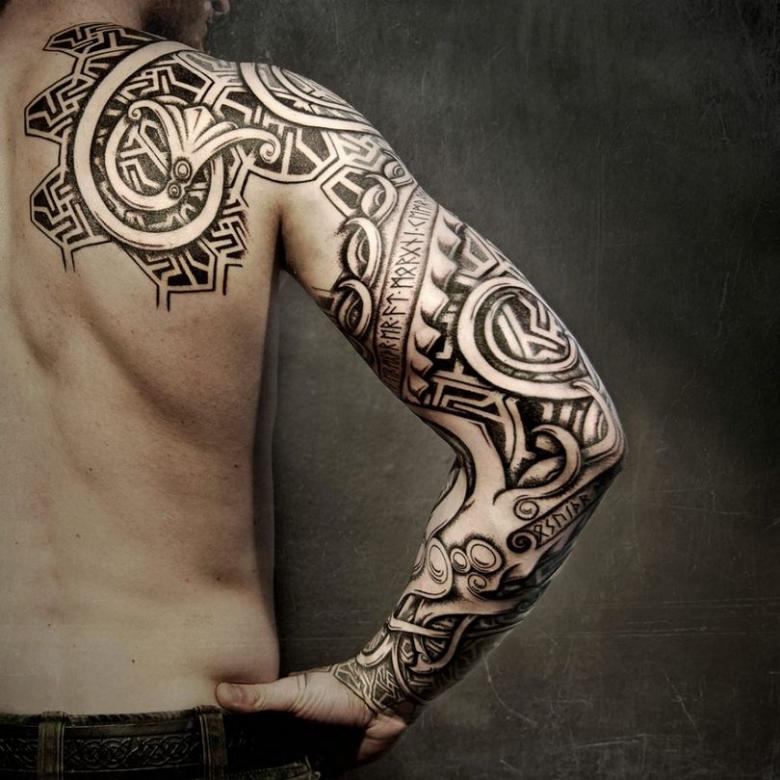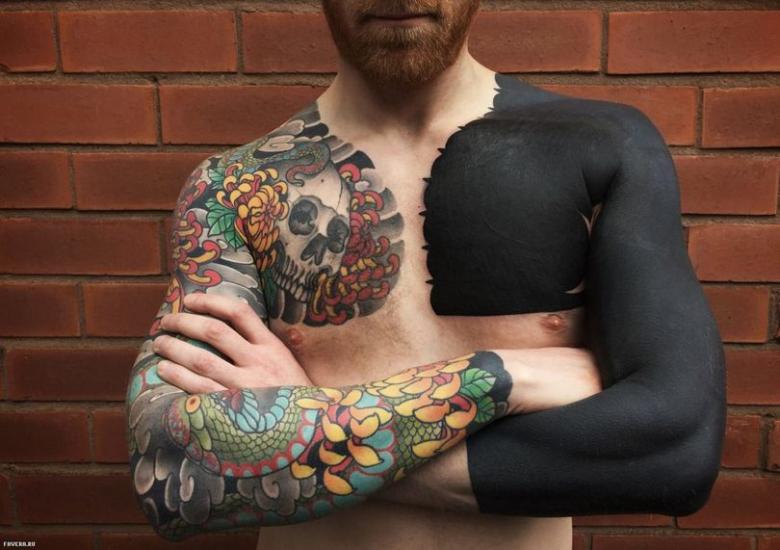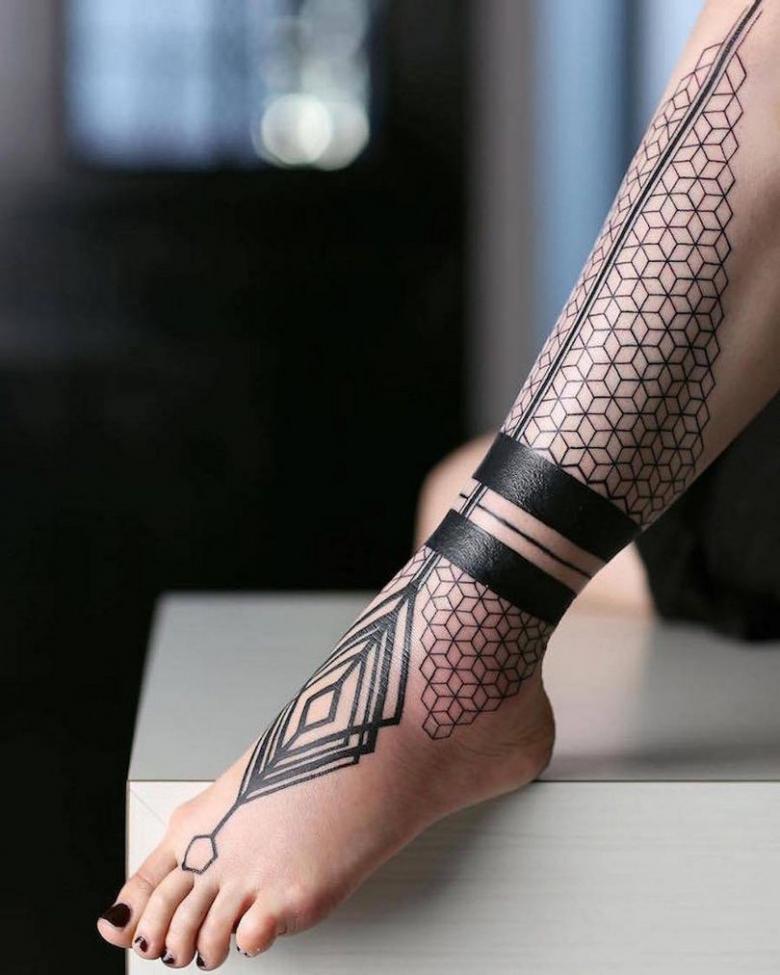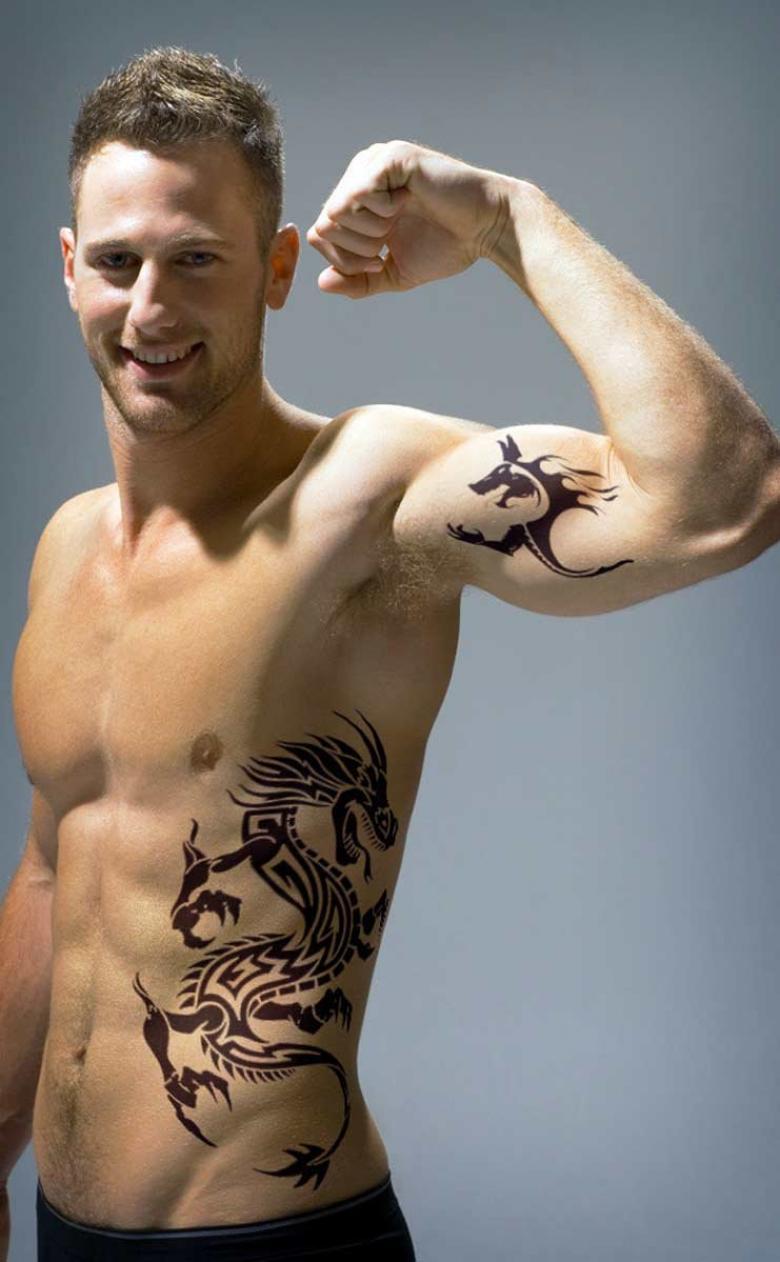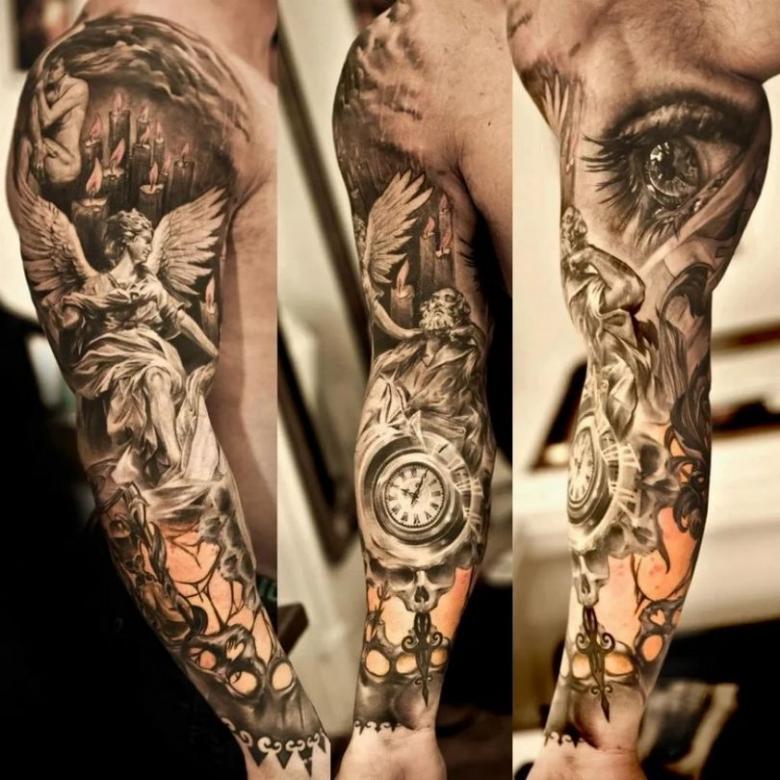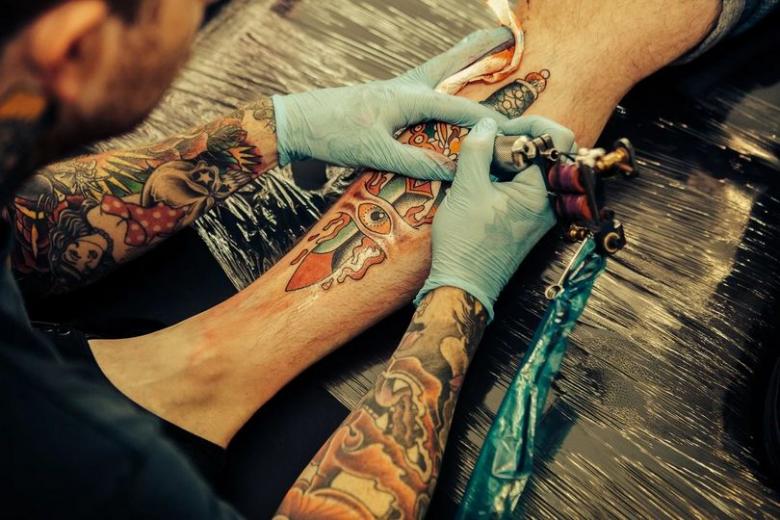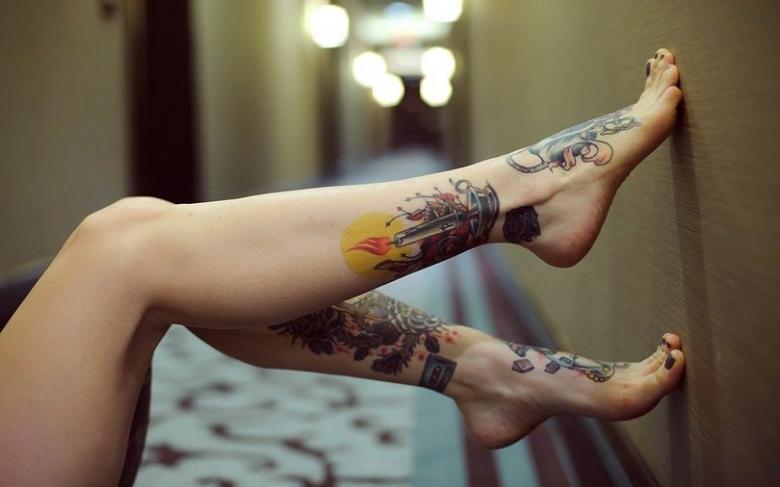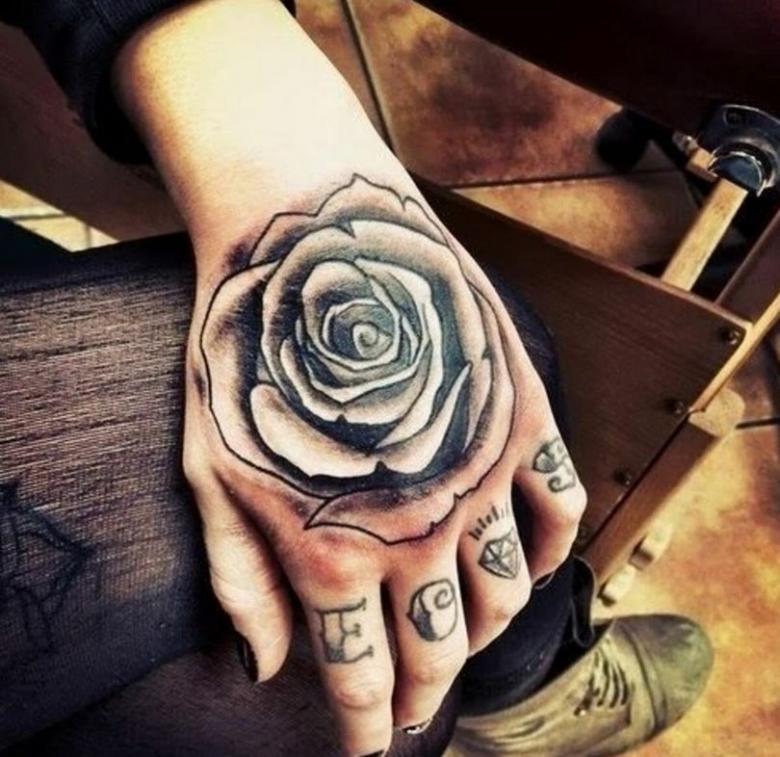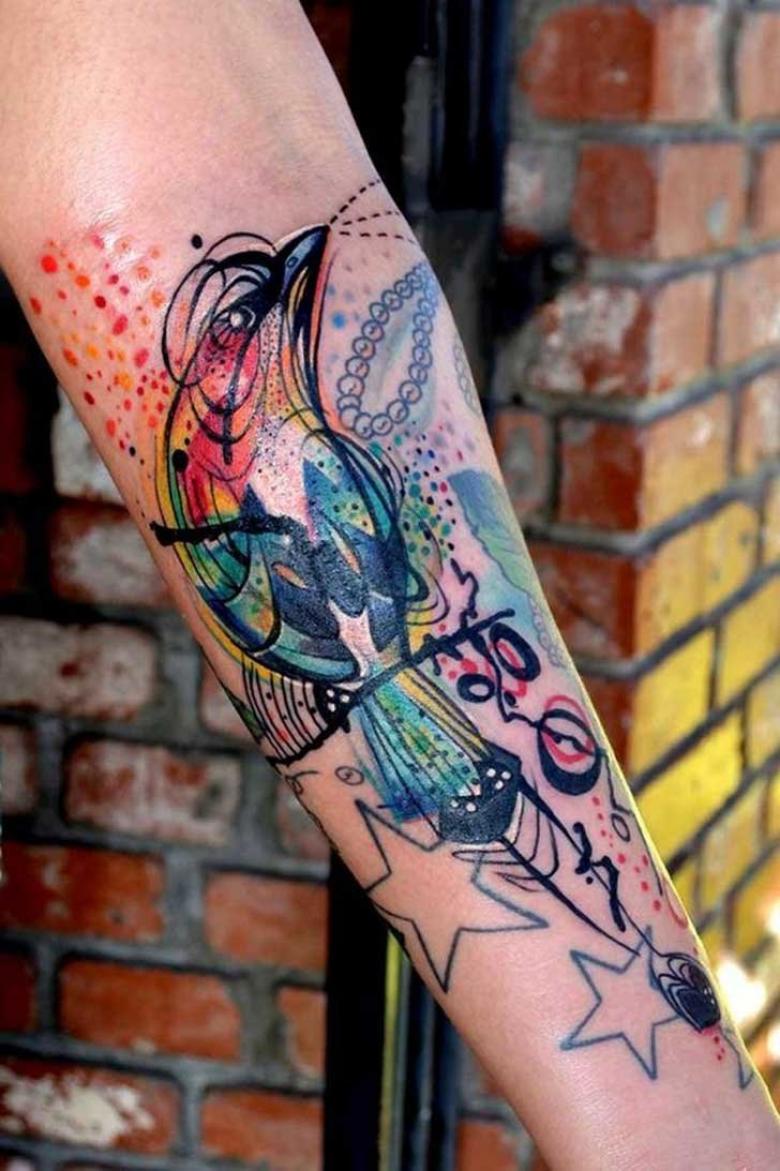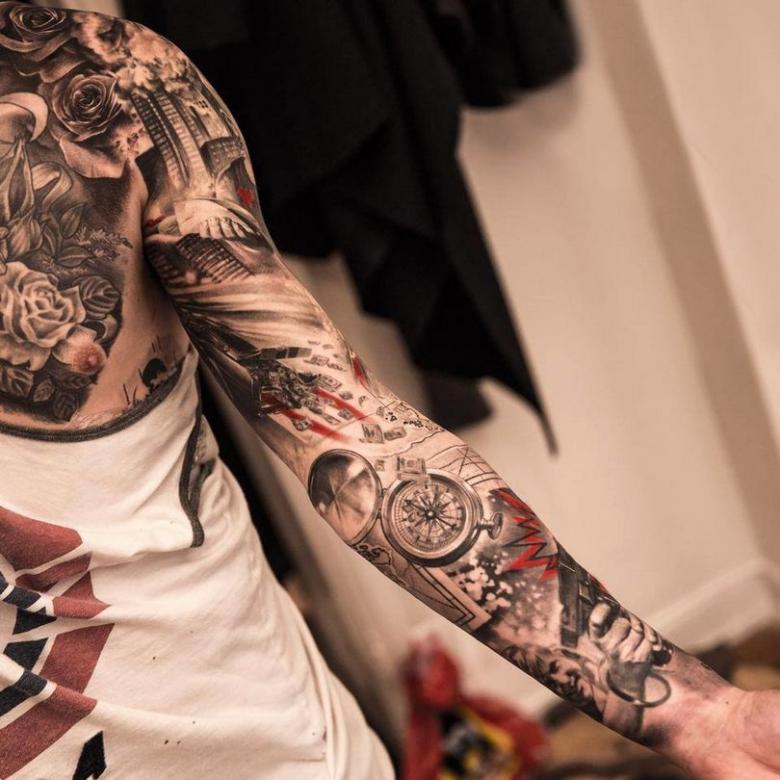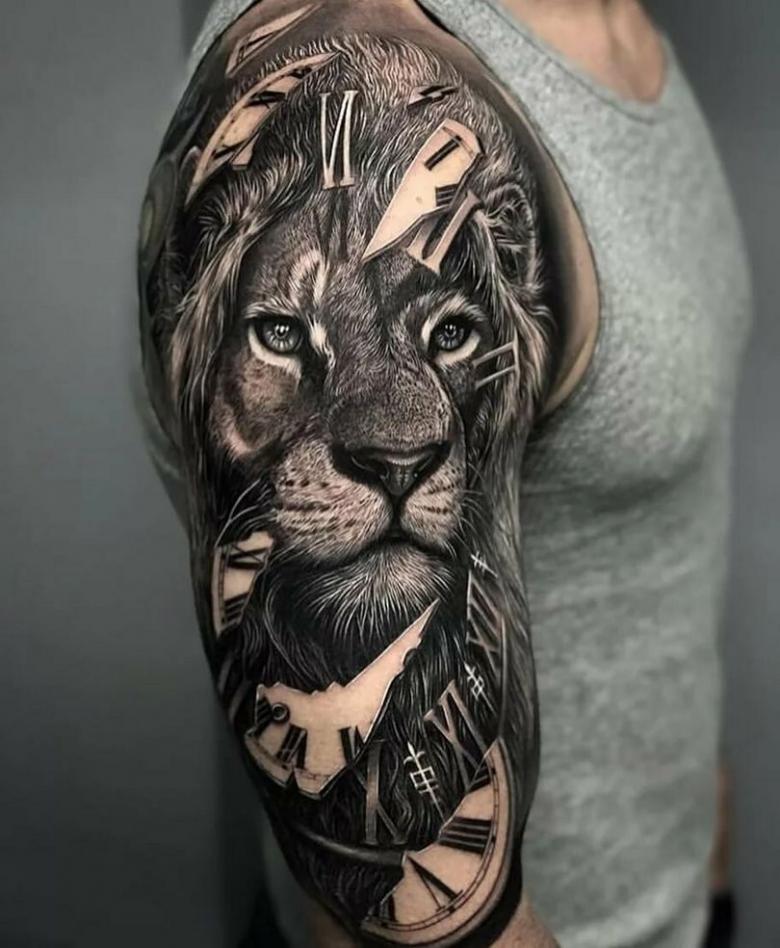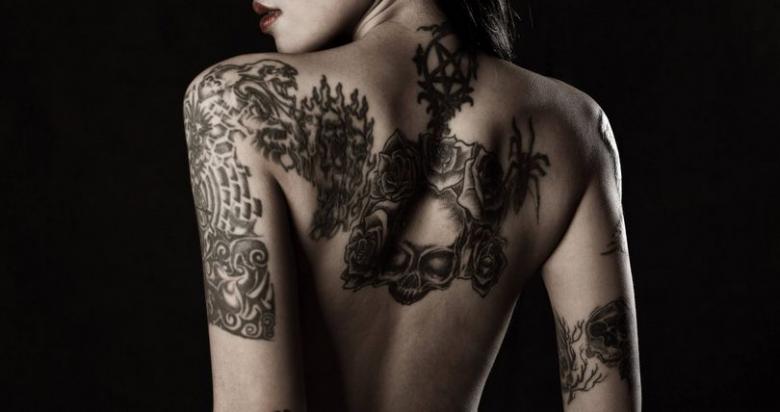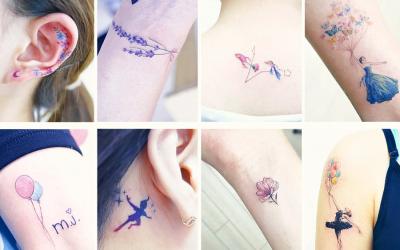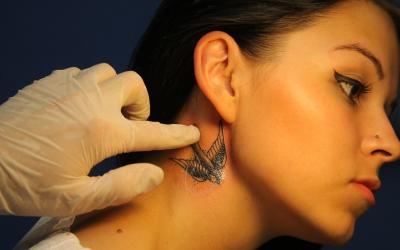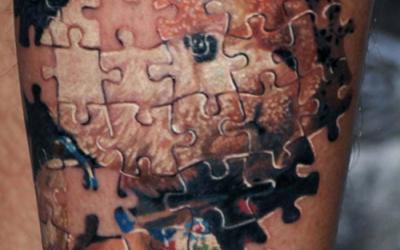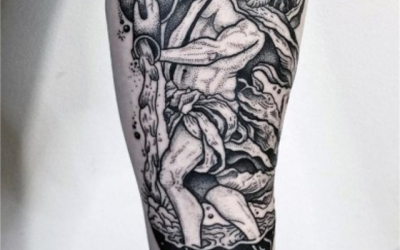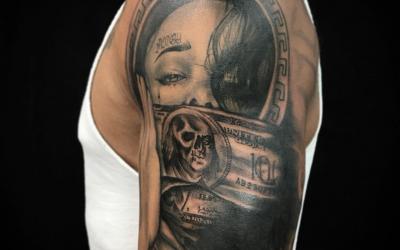How long does a tattoo heal - a description of the recovery process, useful recommendations for shortening the period
Making a decision on whether to decorate his body with a tattoo, everyone who wants to do it, asks himself and his master a lot of questions. The main ones are generated by our fear of the pain of the padding procedure itself, and others, from not knowing what time it will take for the pattern to heal and how to properly care for the tattoo in order to shorten this period.

To dispel your doubts and answer your questions about care, the master, who is professionally engaged in tattoos. You should entrust your body only to the checked up specialist, for example, who can be recommended by your acquaintance to whose opinion you listen.
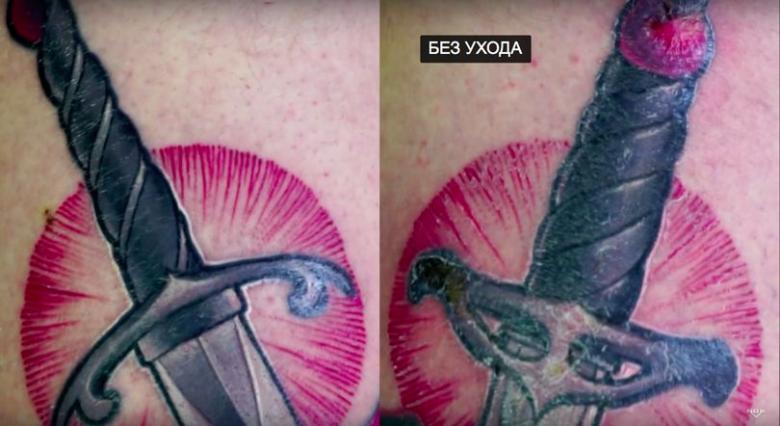
Information is never superfluous, so if some recommendations are forgotten, then refresh them in your memory, our article will help.
What does a tattoo's healing time depend on?
Tattoo healing time lasts on average from 3 to 6 weeks, but they can be significantly reduced if, tattooed by a professional, who strictly follows the technique of tattooing and works in sterile conditions, using quality tools and dyes.

Also, it is possible to avoid problems with the long healing time if you strictly follow the recommendations for the tattoo care right after the procedure (changing the protective compresses, washing the wounded surface and applying protective preparations). It is important not to let the inflammation turn into suppuration.

The following points have a definite influence on the speed of recovery and should be taken into account:
- Location on the body. It takes longer to heal (about 14 days) where there is thinner skin and less fat (palms, fingers and toes), and on the buttocks, abdomen, chest and back, the period is almost halved (4 - 7 days).
- Size of the tattooed surface.
- The depth, width and frequency of the lines. A tattoo where only the outline of the pattern will heal faster than one where a full fill technique (blackwork) is used, because there will be less skin damage.
- Individual peculiarities of each particular body.

Important! The healing process can be considered finished, if the color and structure of the skin on the tattooed area, coincides with the skin on the body, where the figure is not.

Additional recommendations to shorten the healing process
Actions to be taken and recommendations that are better to follow:
- Apply medication that forms a protective film on the damaged area. Apply for 2 to 4 hours a day.
- Timely care procedures according to the stages of healing. It is necessary to wash the surface with water and soap or antiseptic, dry it, and then apply products with a healing effect.
- Refrain from visiting a sauna or bathhouse. Avoid prolonged exposure to direct sunlight, cancel tanning beds.
- Do not use any hand or body creams on the skin area under the tattoo, as they may contain additives and essential oils, which may serve as an additional irritant to the already traumatized area.
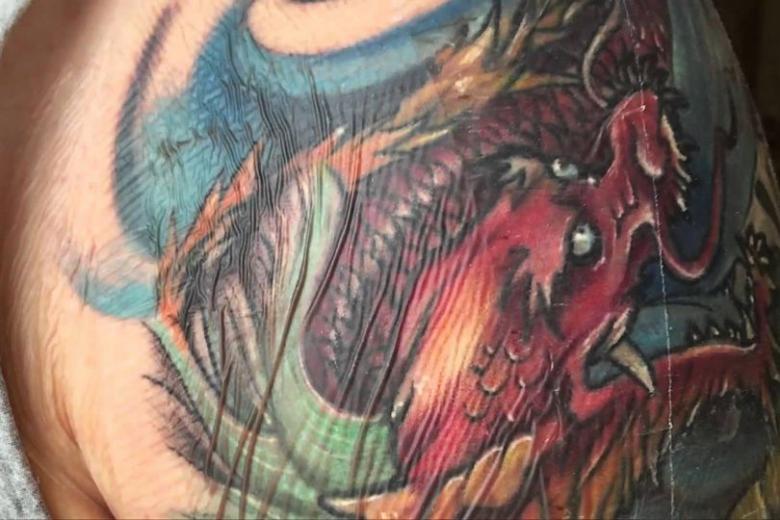
When you should and should not worry
A tattoo is a design that is created by injecting dye into the subcutaneous layer. The dye is absorbed by the cells and stays on the body forever. The pigment is injected with a needle to a certain depth, which traumatizes the top layer of skin, connective fibers and blood vessels. This leads to local hemorrhage and the onset of inflammation.
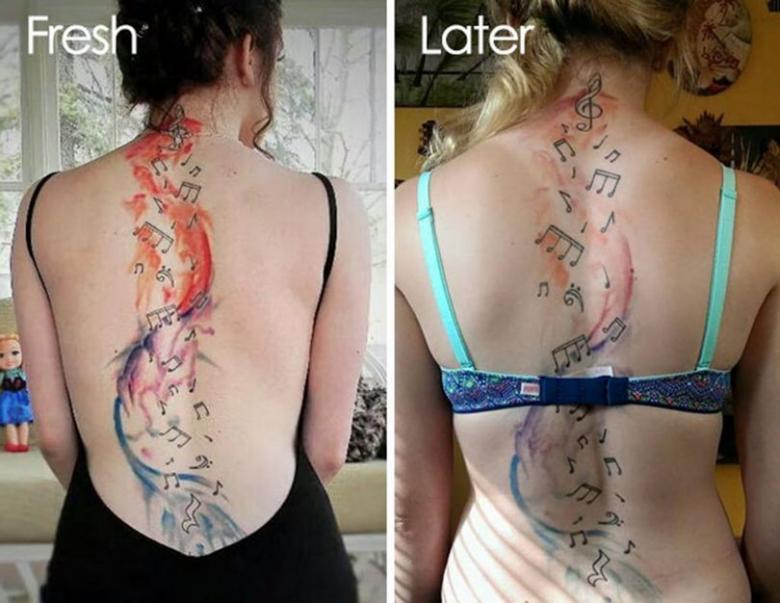
Because of the influx of blood, the capillaries enlarge and the skin becomes swollen, reddish in color and its temperature increases. In the first stage, it is natural and there is no need to worry. If properly cared for, the healing phase will pass without complications and crusts will begin to form.
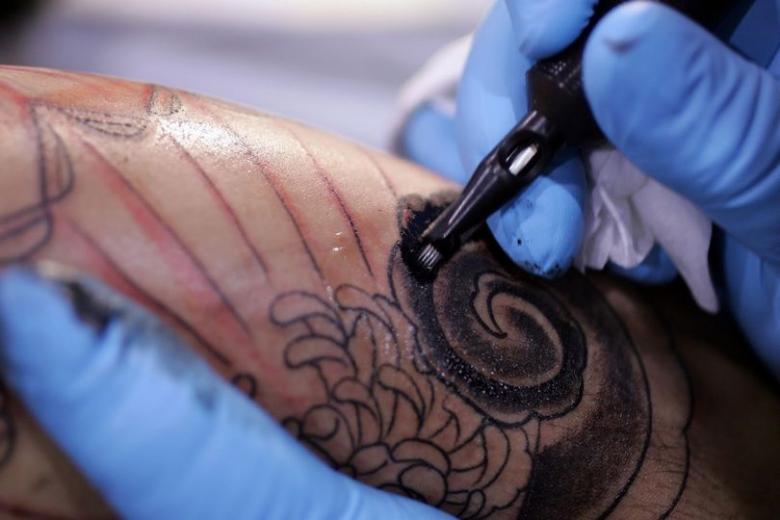
If the regeneration of the skin tissue is delayed, the place of the tattoo hurts, then you should continue to treat the drawing with an antiseptic (Chlorhexidine). Soak a cotton swab in the solution and gently treat it, and then, lubricate with healing ointment (Bepanten, Traumel C and others).
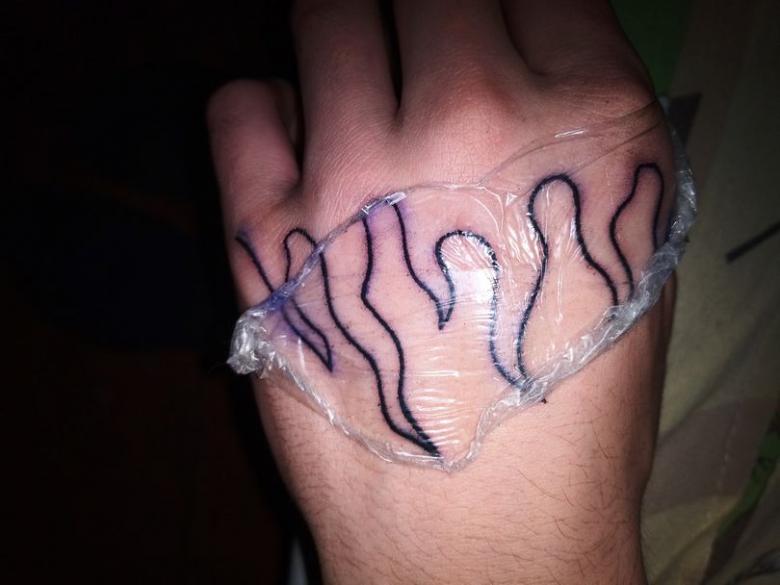
Signs of improper healing are pronounced swelling, suppuration and severe pain.

Urgently consult a doctor and do not self-medicate if:
- The tattoo will secrete blood, even 24 hours after its application.
- The swelling has gone beyond the borders of the tattoo.
- The pain does not go away, on the contrary, it gets worse.
- The fever persists for several days.
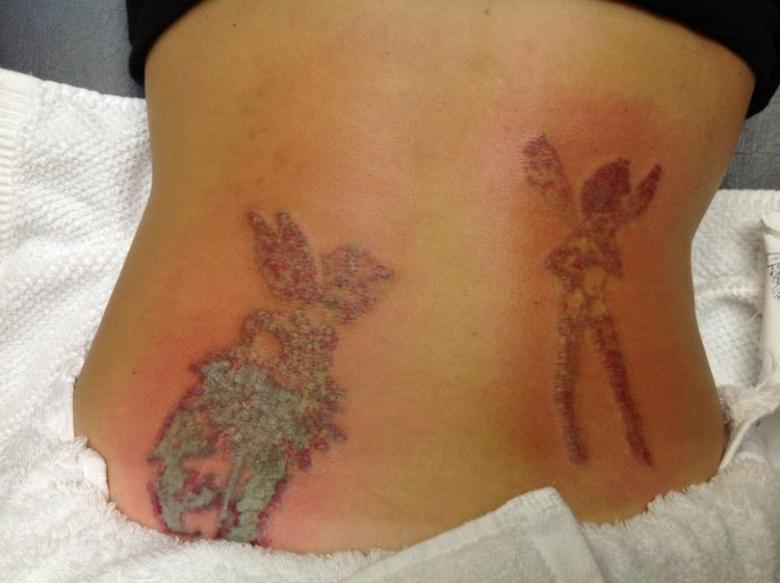
The above symptoms indicate that the first phase of inflammation has not progressed to the regenerative phase, but to the purulent phase. This threatens not only the ruined appearance of the tattoo, but may also lead to health problems, such as infection.
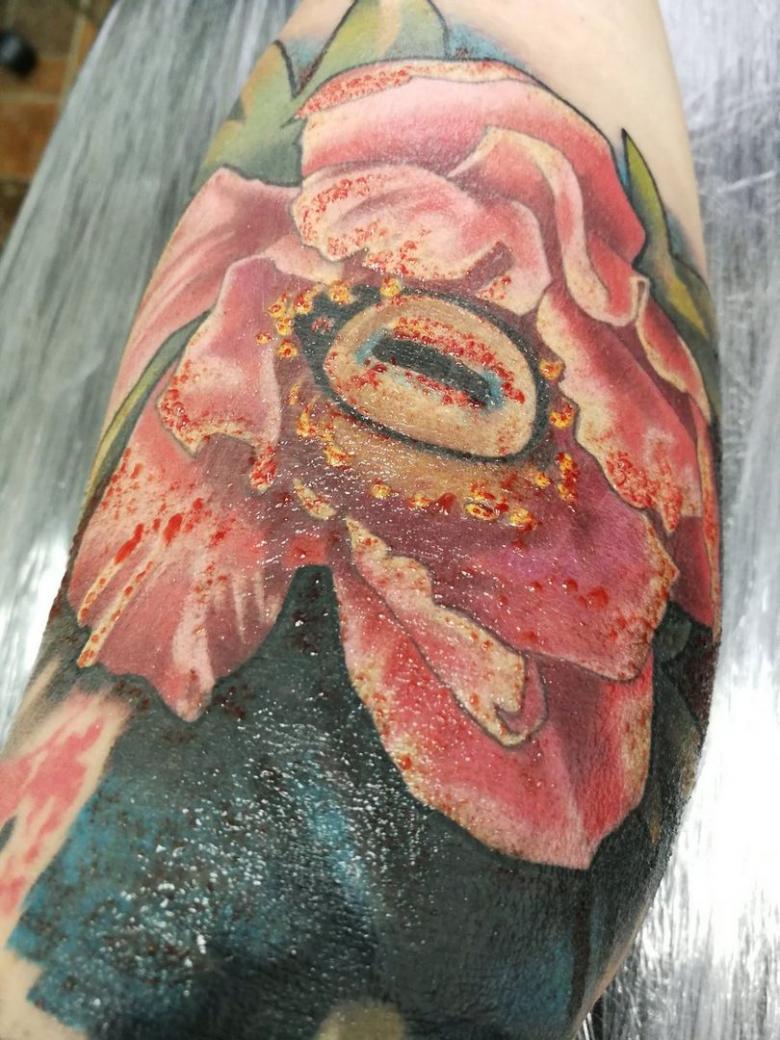
Stages of healing
After leaving the salon, events unfold in sequence. Healing of a fresh tattoo occurs in stages and you need to act according to the situation.
- Inflammation. (3-7 days). The skin is red, swollen and there is a secretion of urethra. A sharp pain is present. When you come home, the protective film, which covered the drawing in the salon, is carefully removed, washed with water and after drying, we apply the ointment. Do this regularly.
- The formation of granulation tissue. (4-5 days). The young cells are actively dividing. Pain goes away and swelling is less pronounced, but discomfort is still present - tingling and mild itching. The newly formed tissue is very thin. It can easily be damaged by mechanical action such as scratching or rubbing against clothing. Continue to use protective products and formulations to be sure that the tattoo will take root and not rejection will occur.
- Epithelium formation. (About a week). Completion of cell division takes place. The top layer of skin is fully restored and discomfort goes away.

Tip! In order not to delay the healing process and not to spoil the picture, do not rip off the crusts formed, and should wait until they fall off on their own.
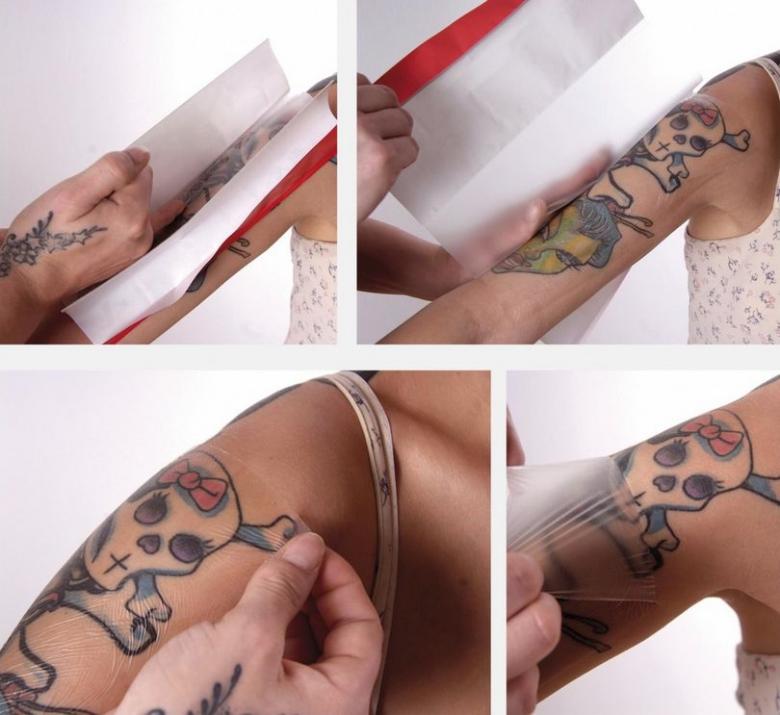
The last stage of regeneration is considered over if there are no crusts or roughnesses left on the skin, and the pattern is homogeneous.
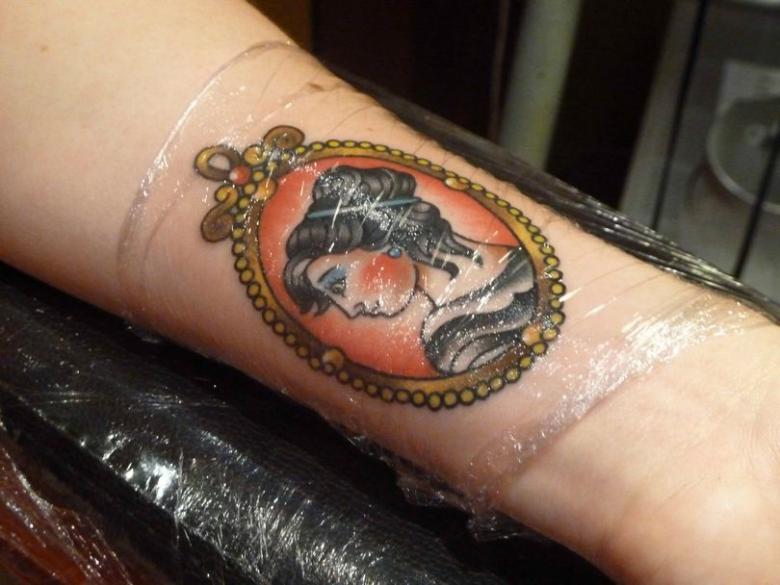
The tattoo will heal quickly if it is done by a professional and all care recommendations are followed. When all phases of recovery are successful and the pattern has taken root, to keep it bright, do not expose it to the sun for long periods of time, moisturize it regularly and avoid alcohol and active sports.
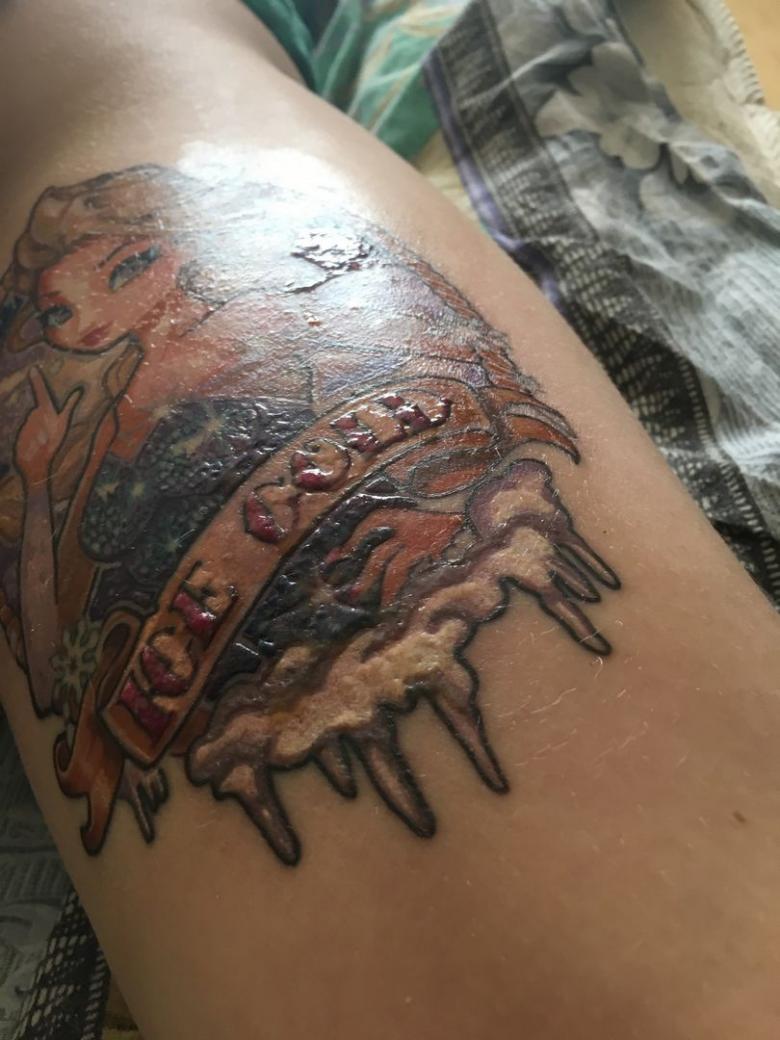
Sweat can irritate the skin, and alcohol can increase the pressure, which will contribute to a change in the color of the pattern.
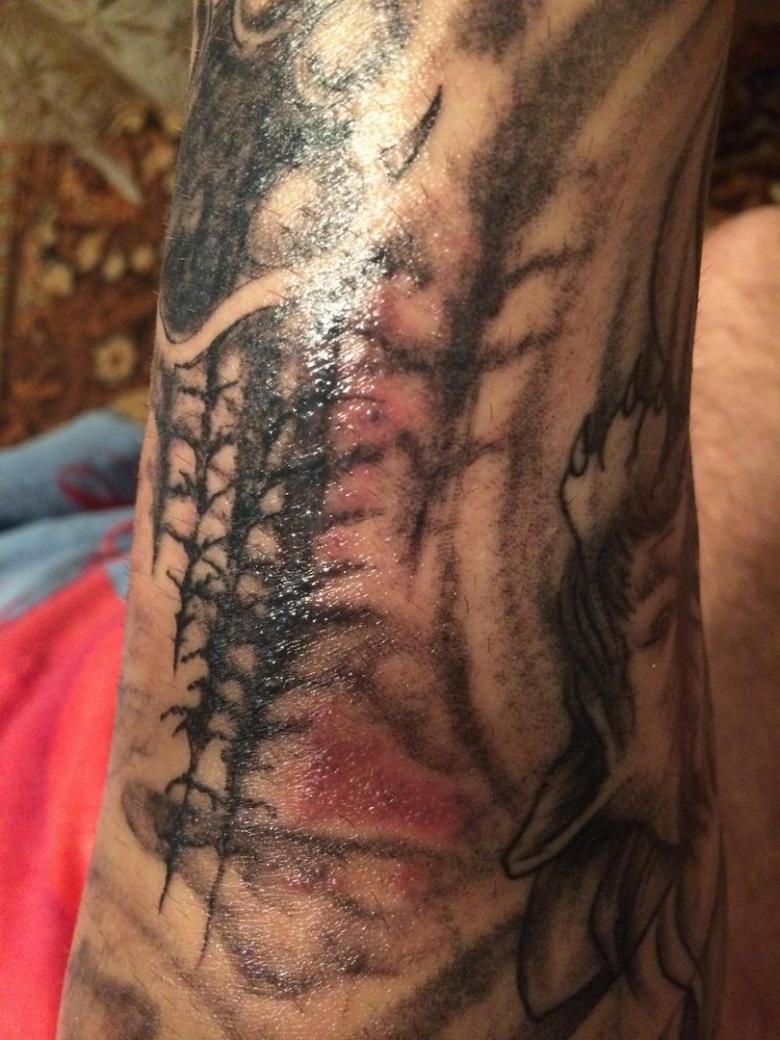
Show moderation in everything and be healthy!



